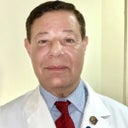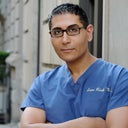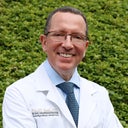Posted underNonsurgical Nose Job q&a
Can Juvederm Be Safely Used for Reshaping in the Nose? What is the Safest Filler to Use in Nose?
Hello, I have been doing extensive research on the non-surgical nose job. Rhinoplasty is out of the question. for what I've researched, it has a high revision rate. Anyway, I went to this doctor, in Phoenix, that said he is the only one that uses Artefill for nose reshaping. he was evasive and even got mad when I kept asking questions. He said he uses a technique from Brazil. I do not trust him! What's the safest filler to use in the nose? Thanks!
Answers (5)
From board-certified doctors and trusted medical professionals

Dr. Nelson Lee Novick, MD
Dermatologic Surgeon, Board Certified in Dermatology
Answer
More Nonsurgical Nose Job Questions
See all Nonsurgical Nose Job Q&AWE SEND PRETTY
EMAILS
What’s trending? Who’s turning heads? Which TikTok myths need busting? We’ve got you. No fluff, no gatekeeping—just real talk. Get our free, unfiltered newsletter.


